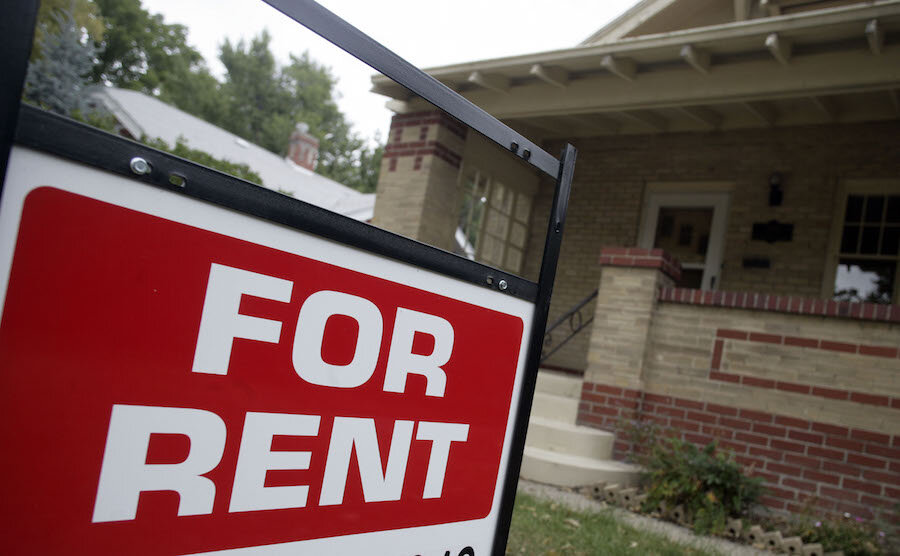A simple way to decide how much rent you can afford
Loading...
Are you looking for a new place? Not sure how much you should be spending on rent? We've come up with some general guidelines to help you determine what the ideal rent is for your income.
1. Establish a Budget
First, you need to assess your income. How much do you bring in every year, with any salary, bonuses, dividends, interest, support, or other means of income included? If you're not sure where to get started, you can easily calculate your monthly budget using simple home budget calculators.
You should expect to spend about 60% of your budget on the top three budget items for most families, which includes housing, transportation, and food. Avoid going too far over this number, because you'll also need money for emergency funds, your retirement plan, entertainment, credit card payments, insurance, and all of your other monthly expenses.
2. The 30% Income Rule
In the past most experts recommended spending no more than 30% of your income on rent — and it's still a fair rule of thumb. On the other hand, this may just be an arbitrary number because every person's situation is different. For instance, approximately 20% of households spend more than half their income on housing and are still living comfortably.
3. 40 Times the Rent
Many landlords require that your income is 40 times the monthly rent — or more. Simply take your pre-tax annual salary and divide it by 40 to find the monthly rent that you will be approved for, assuming your landlord uses this requirement.
For example, if your annual household salary is $100,000, then you could afford to spend $2,500 per month on rent ($100,000/40 = $2,500 per month). If you find that your total income is not 40 times the rent, but you know that you can do it anyhow, consider applying with a guarantor.
5. 50/30/20 Guideline
A simple rule that many follow is the 50/20/30 guideline. This suggests spending your income in the following manner:
- 50% on fixed costs (such as rent, utilities, and transportation).
- 30% on day-to-day expenses (such as entertainment, dining out, shopping, and other miscellaneous things).
- 20% on financial goals (like paying down debt, building an emergency fund, and saving for retirement).
For example, if your monthly household income is $8,000, you'll want to budget $4,000 on fixed costs, $2,400 on flexible spending, and $1,600 on future financial goals. Once you account for all of your monthly income, you can budget half of your income towards fixed costs. Once you subtract utilities, transportation, and other fixed costs from this number, you will know what is left to spend on rent.
6. What About Additional Fees?
If you'll be working with an agent, remember to account for the broker's fee. They'll typically charge between 8%–15% of the full year's lease, usually as a large upfront payment due at the time of signing. There will also be a deposit to consider and move-in costs.
7. What Are You Comfortable With?
At the end of the day, you'll need to ask yourself what you feel comfortable paying. What is the most you're willing to spend every month? Figure out what your priorities are, what your necessities are, and what you can sacrifice in order to save money on rent. And when in doubt, spending less than 30% of your income on total housing costs remains a smart guideline.
This article is from Andrea Cannon of Wise Bread, an award-winning personal finance and credit card comparison website.







